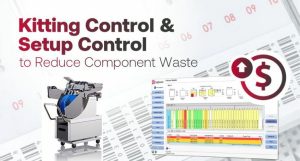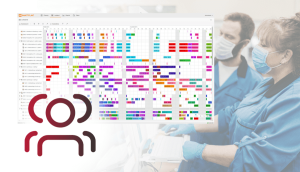PCBA Manufacturers’ Pain Points and How to Solve Them
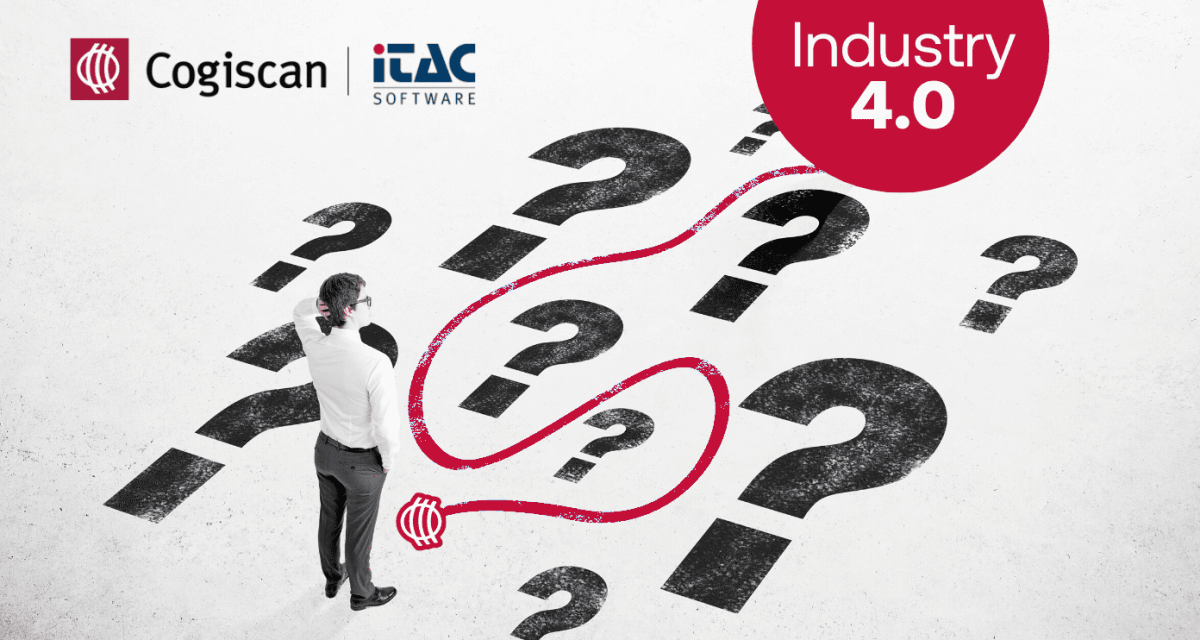
SOURCE: Cogiscan Blog
In IPC’s report The Evolution of Factories of the Future, the authors discussed the current state of Industry 4.0 with electronics manufacturers’ executives. Two major themes that emerged during their discussions were:
- The industry needs to push further toward factory digitalization, but most companies are uncertain on how to do so.
- Every factory is different, meaning each factory will require a tailored solution based on their digitalization needs.
As one participant pointed out, “Companies looking to adopt factory of the future technologies should first identify the key pain points that are unique to their operations and focus on solutions in those areas.” This is a very important point since most digitalization projects can be daunting due to the sheer scope, and by identifying key process improvement elements, you can focus and ease your way into the whole factory of the future universe.
This is, and has always been, our approach at Cogiscan: start small and scale. That’s why we intentionally built our solutions to be fully modular and scalable. Our parent company, iTAC Software AG, has also invested heavily in the modularity of their platform in the last 5+ years. As of 2023, together we have the most comprehensive, fully vertically integrated portfolio for PCBA manufacturers, from machine connectivity all the way up to the enterprise level. With our combined solutions, we now have 700+ installations in 50+ countries.
Identifying Pain Points in Your Factory
To best identify your “pain points” we know from experience that a lot of electronics manufacturers have similar issues: high AOI false calls, unplanned machine downtime, excess component waste, late deliveries, high mispick rates, etc. If you’re struggling with one of these in your factory, the following solutions could be your entryway to Industry 4.0 – or simply something you could add to your ongoing digitalization strategy since our solutions are built to integrate into your current infrastructure. Let’s look at how you could solve some of these common pain points using SMT-specific solutions.
High AOI False Calls Rate – 60% Decrease
False calls have always been a thorn in the side of electronics manufacturers. From discussions we’ve had with our customers, false calls can range anywhere between 30% to 80%, depending on how well your AOI program is optimized. Needless to say this creates a lot of wasted time and resources. A proven way to solve this issue is using an SMT-specific AI algorithm that will review every defect the AOI calls. This solution has helped a major European EMS reduce its manual verification by up to 60%. Read the case study!
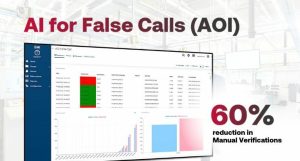
Unplanned Machine Downtime – 70% Decrease
Another SMT-specific use of AI is for predictive maintenance on critical equipment. We all know how much your production can be negatively impacted by a single machine going down, especially the reflow oven. By calculating the RUL (Remaining Useful Life) of your machine in real time, you’ll be able to do a quick maintenance BEFORE the machine breaks, helping you reduce unplanned downtime by up to 70%. Read the case study!
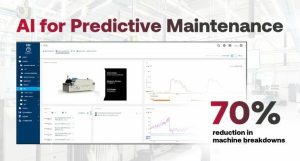
Component Waste in the PCBA Industry
In a world where no one can afford to waste components, more and more factories around the world are automating the management of their materials. Offline setup and kitting control applications have been around for many years, yet remain go-to solutions for many factories. Why? Because they are simple solutions that provide a very quick ROI. Read our article on this topic!
Static Planning Negatively Impacts On-Time Delivery
Given today’s global challenges – components and labour shortages among others – PCBA manufacturers have started looking into advanced planning and scheduling systems to better meet deadlines. Managing schedules via Excel worked for many years, but with all the uncertainty and complexities surrounding the global supply chain right now, manufacturers need to be able to adapt their planning dynamically and quickly based on multiple requirements. Dynamic & real-time planning and scheduling for on-time delivery!
Conclusion
While we’ve covered some of the most common pain points for electronics manufacturers, you may experience different ones. Is that an issue? NO!
Since our solutions are always tailored to your specific needs, wherever you are on the road to digitalization, we have something for you. You’re just staring your journey? Let’s start by connecting your machines. You’re ready to push the boundaries? Let’s go further into AI-based solutions and machine learning options.
The future is now, but only you can decide how fast you want to move forward.


